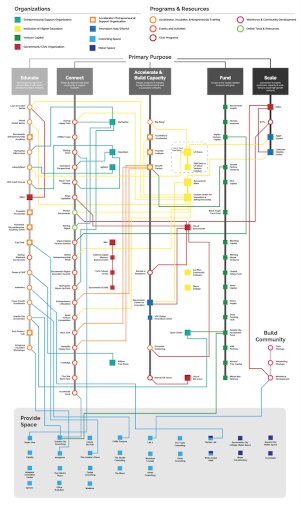This article is originally posted on LinkedIn and is reprinted here with permission.
The mobile advertising market is at a pace to hit $100 B in 2016. Consequently, numerous mobile ad companies have sprouted up. The mobile ad companies are wooing developers with various advertising models that can easily be integrated into an app with their SDK. This post lists 7 mobile ad models.
1. Banner Ads
This is what most people think mobile ads are. They typically will occupy the real estate at the top or bottom of an app. If the user taps the ad, all sorts of possibilities open up from watching a video to the option of downloading an app. I personally think this is pretty ineffective method of advertising and cheapens your app. Users have become blind to banner ads. The dominant players for banner ads are Google’s AdMob and Chartboost.
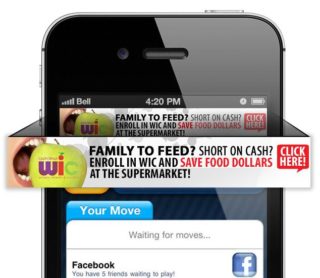
2. Interstitial Ads
These are inserted at transition points in an app like right before an app starts or in a case of a game after a level is complete. It’s like watching a commercial on television. It’s typically a video that can drop the user off to the advertiser’s desired URL or to download another app. Some of the mobile advertisers that use this model include TapJoy, RevMob, and Flurry.
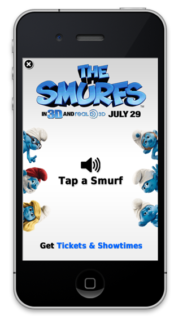
3. Rewards Ads
They are my favorite because it’s a win – win for all involved. The reward is triggered by some event in the app like getting an achievement. The user will see a pop up where they will get a discount, gift card, coupon, etc. The owner of the app will also get compensated too. So everyone’s a winner. Players in this space are Kiip and Avocarrot.
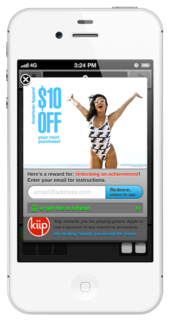
4. Offer Walls
These are typically used in games where virtual goods are sold for real currency. The offer wall gives the player the option of earning virtual goods by performing some action on the wall. For example, a player can earn virtual gold by signing up for a trial Netflix account. Mobile Advertisers that support Offer Walls are TapJoy, StartApp, and Fiksu.
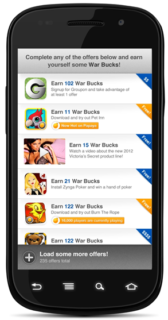
5. Notification Ads
I’m not a big fan of notification ads. Apps that support notification ads act like a Trojan horse (To be fair, users have to Opt-in). They will be able to push notification ads even when the app is dormant. Notification Ads are only supported on Android. My theory is that the reason that it’s not supported on iOS is that Apple rejects it because of the Trojan-like nature. AirPush and LeadBolt offer this mechanism.
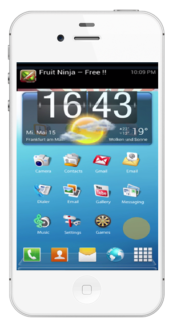
6. Native Advertising
This is used for apps that are content based and typically show up in the apps’ news feed. Facebook adopted native advertising and has done exceptionally well. This ad model is probably the most effective way to generate revenue through mobile advertising. Mobile advertisers that offer native advertising include AdRoll,Sharethrough, and PubNative.
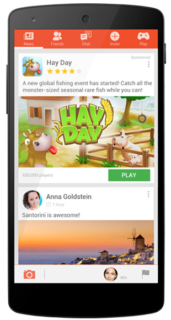
7. Data Collection
When I originally wrote this article, I listed 6 mobile monetization models. Recently, I met the team at Beacons in Space that developed a new revenue model that essentially collects data about users near beacons. As such, I had to update this article with a new revenue model that I’m calling Data Collection. Essentially, the model passively collects data about the user. Specifically in the case of Beacons in Space, the developer integrates their SDK into their app. After the user downloads the app, it will track when users near a beacon and rewards the developer accordingly. The biggest downside is that the app will ask the user to enable location based services for the app. It’s not a big deal if the app already uses location services but if it doesn’t, it may set up a red flag for the user. The upside is that this model doesn’t change the user experience.

If you plan to develop an app that incorporates mobile advertising, my advice is to research the different mobile ad models, select one, and then design the app to support that model.

